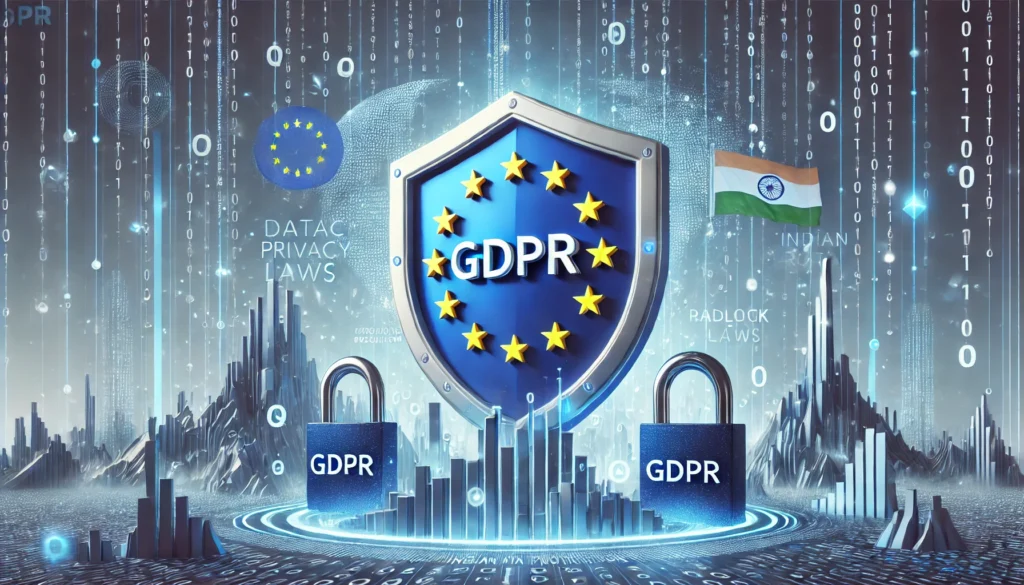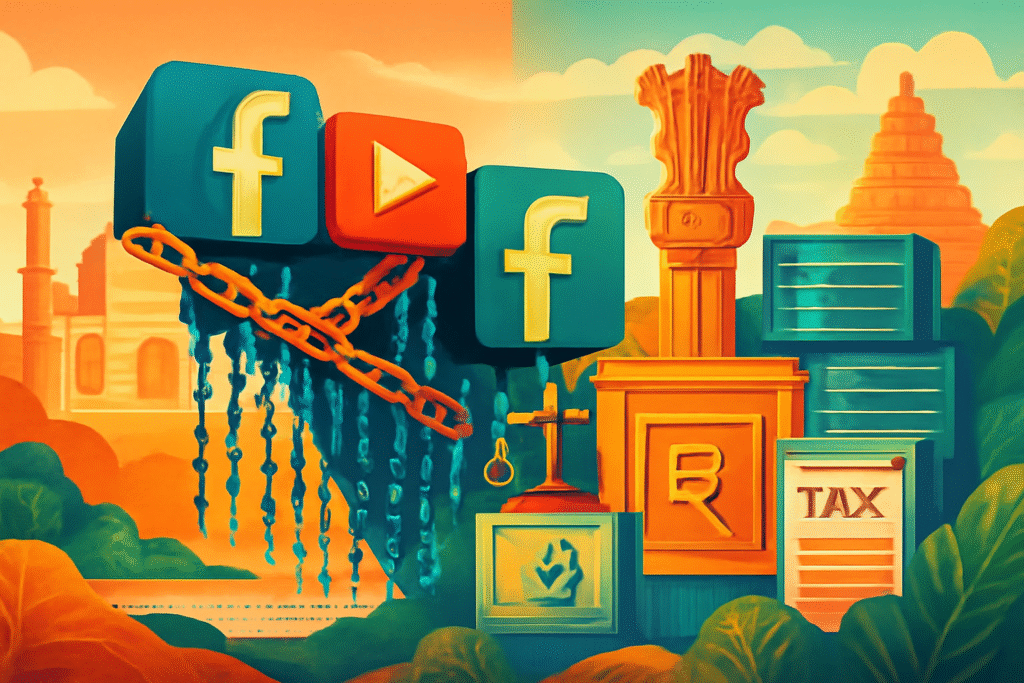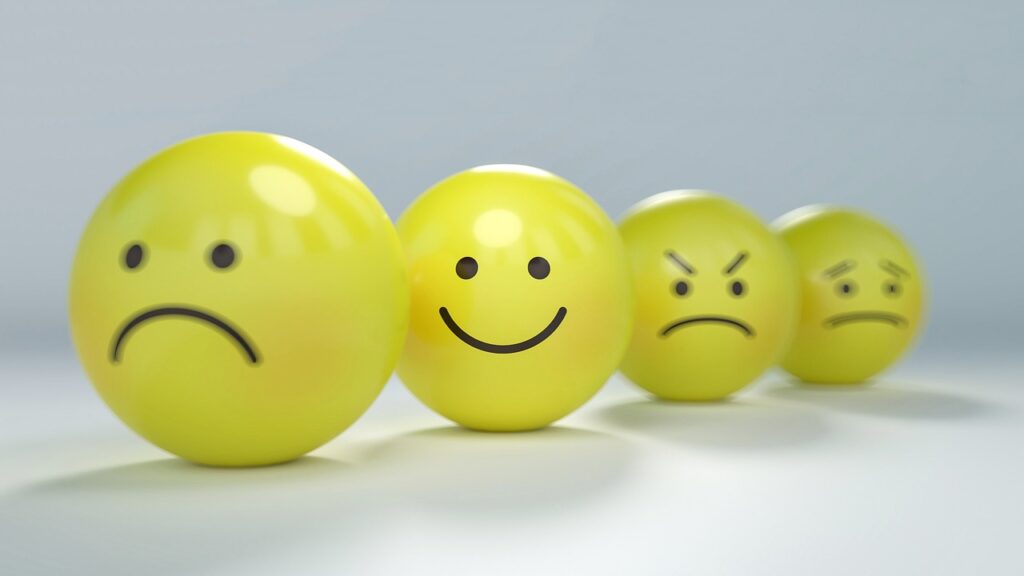Published On: October 5th 2025
Authored By: Sahana Mirji
Karnataka State Law University, Hubballi
Abstract
This article examines the constitutional and legal balancing act between hate speech and free speech within the Indian legal framework. Drawing on key Supreme Court rulings, including Pravasi Bhalai Sangathan, Shreya Singhal, Subramanian Swamy, and recent proceedings involving Ranveer Allahbadia and Samay Raina, it explores how Articles 19 and 21 interact when speech undermines dignity or public decency. The discussion highlights emerging trends towards dignity-centric jurisprudence, especially in cases targeting vulnerable groups, while also warning of potential overreach and the chilling effect of vague restrictions.
Introduction
The Indian constitutional framework enshrines freedom of speech and expression as a fundamental right under Article 19(1)(a). This provision stands as one of the cornerstones of a democratic society, ensuring that individuals have the liberty to express their opinions, challenge authority, and participate in public discourse. Yet, this freedom is not absolute. Article 19(2) permits the State to impose “reasonable restrictions” on this right in the interests of sovereignty and integrity, security of the State, friendly relations with foreign States, public order, decency, morality, contempt of court, defamation, or incitement to an offence. This interplay between the constitutional guarantee and its permissible restrictions lies at the heart of the debate between free speech and hate speech.
Constitutional Framework and Judicial Definitions
The concept of hate speech has been judicially explained in India in Pravasi Bhalai Sangathan v. Union of India, where the Supreme Court defined it as an effort to marginalise individuals based on their membership in a group, and to foment hatred against them.[1]Hate speech not only seeks to spread intolerance but also undermines the dignity of its targets, implicating Article 21 of the Constitution, which guarantees the right to life and personal liberty. Article 21 has been expansively interpreted to include the right to live with dignity, as recognised in Francis Coralie Mullin v. Administrator, Union Territory of Delhi.[2] This judicial expansion has deep implications: where speech undermines human dignity, Article 21 rights may be invoked to restrict Article 19(1)(a) freedoms.
In the seminal Subramanian Swamy v. Union of India case, the Supreme Court upheld the constitutionality of criminal defamation under Sections 499-500 of the Indian Penal Code, reasoning that the right to reputation is intrinsic to Article 21.[3] This decision firmly placed dignity and reputation alongside liberty as values worthy of constitutional protection, even at the expense of curtailing certain expressions. The Court’s logic was clear: the harm caused by defamatory statements can be so severe as to justify criminal sanctions, provided these restrictions are narrowly tailored and proportionate.
The modern judicial approach to speech regulation also draws heavily from Shreya Singhal v. Union of India, where the Court struck down Section 66A of the Information Technology Act, 2000.[4] In doing so, it introduced a crucial distinction between “advocacy” and “incitement,” holding that only speech that amounts to incitement to imminent lawless action can be restricted under Article 19(2). This standard acts as a safeguard against overbroad censorship, ensuring that mere offence or unpopular opinion does not automatically translate into a criminal offence.
Contemporary Controversies: Ranveer Allahbadia and Samay Raina
However, Shreya Singhal did not directly address the question of whether speech that demeans vulnerable groups, without directly inciting violence, could be restricted. This question has recently gained prominence in light of cases involving public figures such as YouTuber Ranveer Allahbadia and stand-up comedian Samay Raina.
In the matter concerning Ranveer Allahbadia, proceedings were initiated over allegedly obscene remarks made during an online broadcast. The Supreme Court, while granting interim protection from arrest, expressed sharp criticism of the content in question.[5]The Court’s observations indicated that obscenity and vulgarity, especially when directed at individuals or groups in a manner that offends public decency, may justifiably fall within the ambit of Article 19(2) restrictions. In this context, the Court’s stance echoed earlier jurisprudence that the right to free expression is not a license to indulge in speech that degrades societal standards of morality.
The Samay Raina proceedings present an even more nuanced challenge. A petition was filed alleging that Raina and others had made jokes ridiculing persons with disabilities. The Supreme Court issued notice and, through Justice Surya Kant, remarked: “We will curtail it. We know how to.”[6]This short but pointed comment signals the Court’s readiness to treat demeaning humour aimed at vulnerable groups as a matter warranting judicial intervention. While the case remains pending, it has sparked debate over whether such humour, even in the absence of direct incitement, can be restricted under a dignity-centric interpretation of Article 21.
From an analytical perspective, the Samay Raina matter appears to illustrate a shift towards what might be termed a “dignity-first” jurisprudence. If the Court finds that comedic speech ridiculing disabilities falls within the scope of reasonable restrictions, it would expand the traditional limits established in Shreya Singhal by recognising that targeted humiliation itself can constitute harm warranting restriction. Such an approach would not be entirely unprecedented; in Navtej Singh Johar v. Union of India, the Court underscored that dignity is intrinsic to liberty, and any law or action that undermines dignity strikes at the core of Article 21.[7]
The tension between Articles 19 and 21 becomes more pronounced when one considers the Court’s reasoning in S. Khushboo v. Kanniammal, where the prosecution of an actress for comments on pre-marital sex was quashed.[8] The Court held that mere offence or moral outrage cannot justify penal action, reinforcing the principle that public tolerance must be cultivated in a pluralistic society. The juxtaposition of S. Khushboo with Samay Raina suggests that the judicial threshold for restricting speech is likely to depend heavily on the nature of the targeted group and the perceived harm to its dignity.
This proportionality-based balancing test considering intent, context, and potential harm is now well-embedded in Indian constitutional law. The doctrine of proportionality, as applied by the Supreme Court, requires that any restriction on a fundamental right must serve a legitimate aim, be rationally connected to that aim, and be the least restrictive means available. When speech targets vulnerable communities, the Court may find that protecting their dignity satisfies these criteria.
It is also important to note that Indian jurisprudence does not recognise an unfettered “marketplace of ideas” model akin to the United States. The framers of the Constitution consciously included Article 19(2) to allow for pre-emptive restrictions where speech might harm public order or morality. In this sense, the Indian model leans towards a communitarian conception of rights, where individual liberty is balanced against the collective interest.
Conclusion
The Ranveer Allahbadia and Samay Raina cases serve as timely reminders that this balancing exercise is not a mechanical one. In the former, the harm was viewed primarily through the lens of public decency; in the latter, the focus is on the dignity of persons with disabilities. In both, the Court’s approach suggests that the dignity and moral fabric of society can, in appropriate cases, override an individual’s claim to unrestricted expression.
Nevertheless, the danger in expanding hate speech restrictions lies in the potential for misuse. Vague definitions of what constitutes “demeaning” or “obscene” speech can lead to arbitrary enforcement. The Supreme Court has repeatedly warned against such vagueness, noting in Shreya Singhal that overbroad laws can have a chilling effect on legitimate speech. The challenge, therefore, is to craft judicially manageable standards that protect dignity without stifling dissent or satire.
In conclusion, the Indian constitutional and legal framework provides for a careful balancing act between the right to free speech and the need to prevent hate speech. Articles 19 and 21 are not hierarchically arranged but must be harmonised in a manner that respects both liberty and dignity. The Supreme Court’s recent interventions in the Ranveer Allahbadia and Samay Raina matters suggest a growing judicial willingness to prioritise dignity in cases involving vulnerable groups, even where the speech in question may be couched as humour or entertainment. Whether this signals a durable shift in jurisprudence or a context-specific application remains to be seen. What is clear, however, is that the debate over the limits of free speech in India will continue to evolve, shaped by the twin imperatives of protecting individual liberty and safeguarding the dignity of all citizens.
References
[1]Pravasi Bhalai Sangathan v. Union of India, (2014) 11 SCC 477.
[2] Francis Coralie Mullin v. Administrator, Union Territory of Delhi, AIR 1981 SC 746.
[3] Subramanian Swamy v. Union of India, (2016) 7 SCC 221.
[4] Shreya Singhal v. Union of India, (2015) 5 SCC 1.
[5] Supreme Court Observer, “Supreme Court Slams YouTuber Ranveer Allahbadia for Obscene Remarks, Grants Interim Protection” (Feb. 2025).
[6] LiveMint, “SC Issues Notice to Samay Raina in Case Over Ridicule of Persons with Disabilities: ‘We Will Curtail It, We Know How to’” (Feb. 2025).
[7] Navtej Singh Johar v. Union of India, (2018) 10 SCC 1.
[8] S. Khushboo v. Kanniammal, (2010) 5 SCC 600.




